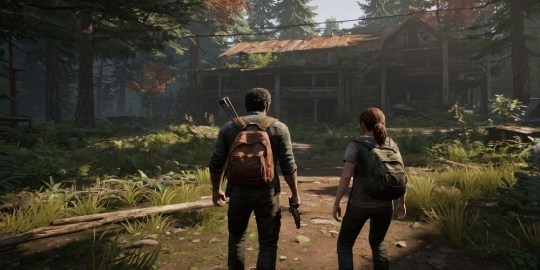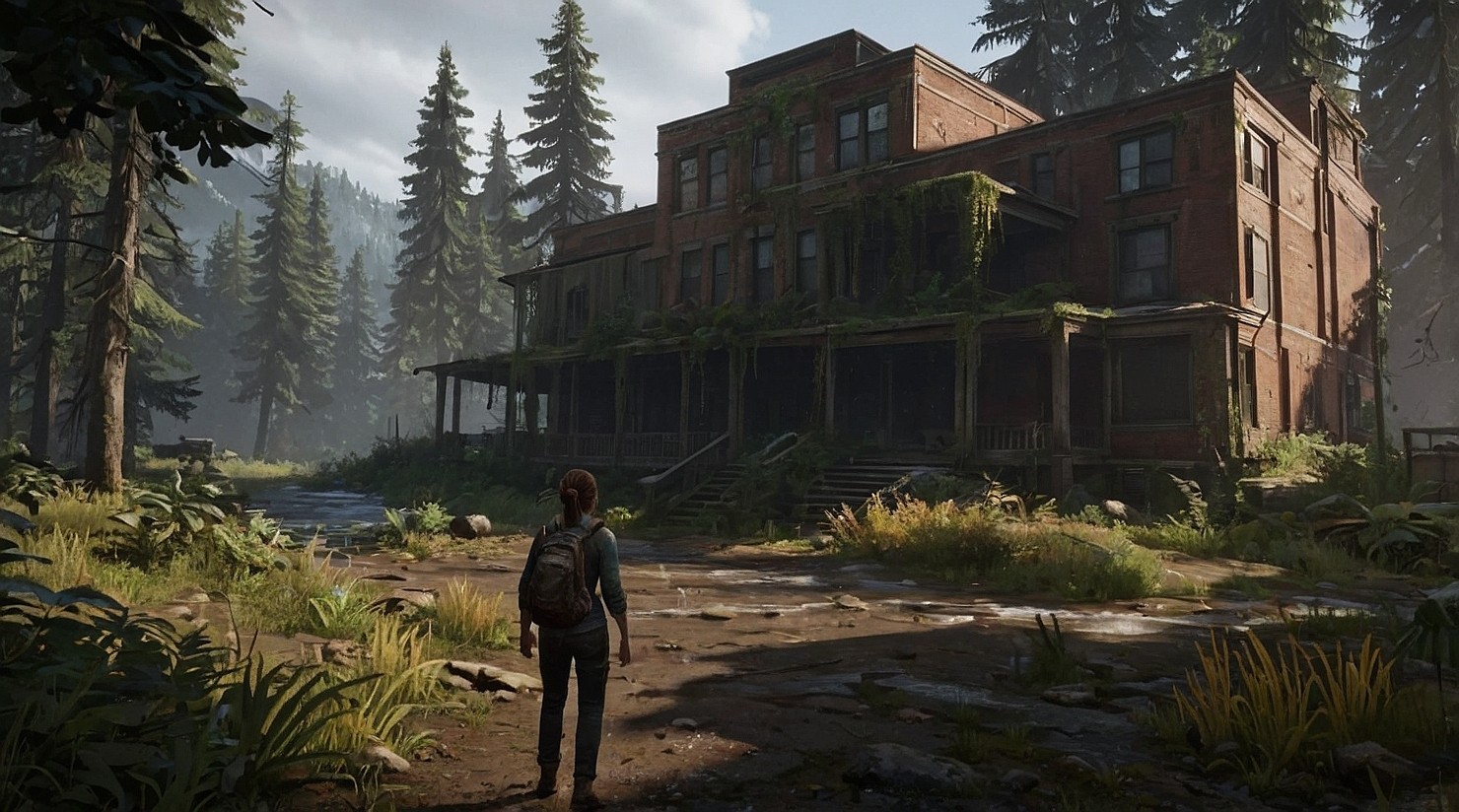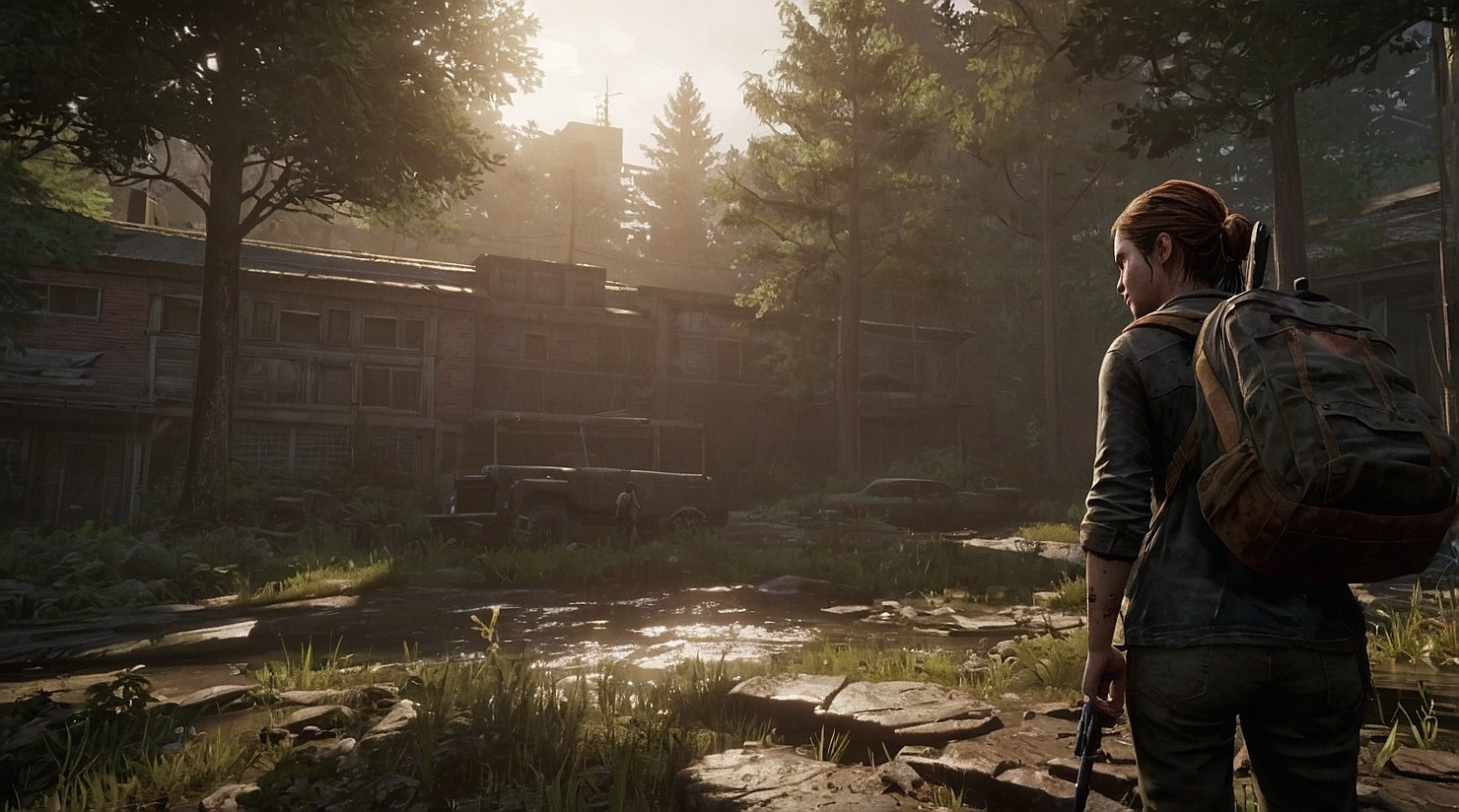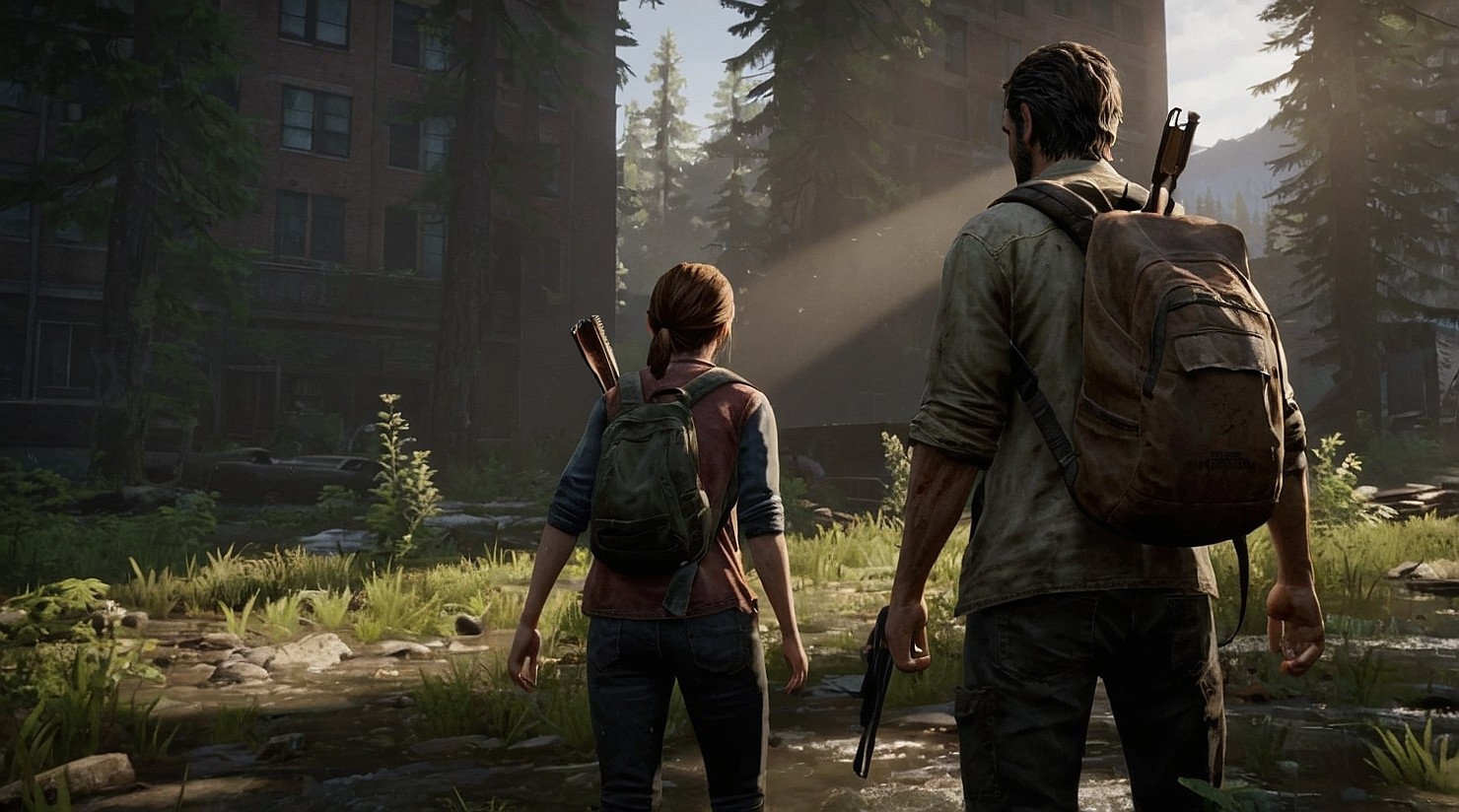
'The Last of Us Part II' is a title that continues to resonate with gamers worldwide due to its profound narrative and immersive gameplay. Developed by Naughty Dog, this sequel pushes the boundaries of storytelling in video games, offering players a deeply emotional and sometimes harrowing journey. Set in a post-apocalyptic world, it explores themes of revenge, love, and the quest for justice with remarkable depth.
The game’s narrative is both expansive and intricate, weaving together the fates and stories of multiple characters. This article will guide you through the complex plot, examining its themes, character development, and the unique storytelling techniques that make 'The Last of Us Part II' stand out in the realm of interactive entertainment.
An Emotional Odyssey: Themes That Hit Home

At the heart of 'The Last of Us Part II' lies a tapestry of interconnected themes. Revenge serves as the driving force behind the protagonist's journey, raising questions about morality and retribution. The narrative challenges players to ponder the cycle of violence and whether it can truly offer closure or justice. These themes are masterfully presented, thanks to the game’s compelling script and character arcs.
Love and loss also play pivotal roles in shaping the characters’ motivations and actions. As players progress through the story, they encounter moments of tenderness amidst the chaos, highlighting the fragility of human connections in a broken world. This duality adds depth to the narrative, making the emotional journey one of the most intense and personal experiences in gaming.
Character Depth: The People Who Make the Journey Real
The characters in 'The Last of Us Part II' are more than just participants in a digital narrative; they are fully realized individuals with their own histories, desires, and fears. Ellie, the central character, undergoes significant growth as she traverses this dangerous new world. Her evolution is portrayed with authenticity, offering players a poignant glimpse into her psyche as she grapples with trauma and loss.
New characters are introduced with their own compelling backstories, adding richness to the overall narrative. Each character's development is meticulously crafted, allowing players to form deep connections and understand their perspectives. This character-driven storytelling underscores the game's ability to engage players on an emotional level, making each encounter and decision impactful.
World-Building: Crafting a Plausible Dystopia

Naughty Dog excels at creating immersive environments that breathe life into their stories. The post-apocalyptic setting of 'The Last of Us Part II' is depicted in stunning detail, from the overgrown remnants of civilization to the eerie emptiness of once-bustling cities. This meticulous world-building enhances the narrative by providing a backdrop that feels both believable and unsettling.
Attention to detail extends beyond visuals to the lore and history interwoven throughout the game. Players uncover snippets of the past through dialogue, environmental storytelling, and collectible artifacts, all of which enrich their understanding of the world and its inhabitants. This comprehensive approach to world-building ensures that players are not just observers but active participants in the unfolding drama.
Gameplay Mechanics: Blending Story and Action
The gameplay in 'The Last of Us Part II' is intricately designed to complement its narrative. Players navigate a series of challenging encounters that require strategic thinking and adaptability. The mechanics are fluid and responsive, allowing for a seamless blend of stealth, exploration, and direct confrontations. This diverse gameplay keeps players engaged while enhancing the overall storytelling experience.
The game also incorporates innovative elements such as dynamic environments and intelligent AI, which react to player actions in real time. These features add a layer of realism and unpredictability, making each playthrough unique. By integrating gameplay with story elements, 'The Last of Us Part II' delivers an experience that feels both cohesive and satisfying.
Visual and Audio Excellence: A Feast for the Senses

The visual fidelity of 'The Last of Us Part II' is nothing short of breathtaking. Its detailed character models, realistic lighting, and lifelike animations combine to create an unparalleled visual experience. This attention to craftsmanship elevates the storytelling, as players can fully immerse themselves in the beautifully rendered world.
Accompanying the visuals is a meticulously crafted soundscape. The game's score, composed by Gustavo Santaolalla and Mac Quayle, evokes emotion with every note, enhancing the narrative's tension and poignancy. Coupled with stellar voice performances, the audio design helps to create an atmosphere that captivates players from start to finish.
Controversial Elements: Navigating Complex Topics
'The Last of Us Part II' does not shy away from challenging topics and controversial elements. Its bold narrative choices and the resulting discussions reflect a willingness to push the boundaries of storytelling in gaming. The game invites players to engage with complex, often uncomfortable themes, sparking debate about the portrayal of violence, morality, and human nature.
This willingness to tackle intricate issues head-on has made the game a subject of intense discussion within the gaming community. While some players may find certain narrative decisions divisive, the game’s ability to invoke strong reactions is a testament to its powerful storytelling. It exemplifies how video games can be used as a medium to explore and question real-world issues.
Critical Reception: Praise and Critique

'The Last of Us Part II' has been met with widespread acclaim, receiving accolades for its narrative depth, character development, and technical achievements. Critics have lauded the game for pushing the boundaries of what can be achieved in interactive storytelling, viewing it as a landmark title in the gaming industry.
However, it has also faced criticism, particularly regarding its pacing and some narrative choices. These critiques highlight the subjective nature of storytelling, where individual experiences can greatly influence perceptions. Despite this, the game’s impact remains undeniable, cementing its place as a significant entry in the canon of video game history.
Conclusion: A Landmark in Interactive Storytelling
'The Last of Us Part II' is a testament to the potential of video games as a powerful storytelling medium. Through its intricate plot, complex characters, and immersive world, it offers players a deeply personal experience that resonates long after the credits roll. Its exploration of themes such as revenge, love, and morality challenges players to reflect on their own understanding of these concepts.
Ultimately, the game stands as a monumental achievement in interactive storytelling. It invites players to embark on an emotional journey filled with difficult questions and impactful moments. In doing so, it reaffirms the creative possibilities within the world of video games, paving the way for future narratives that challenge, entertain, and inspire.